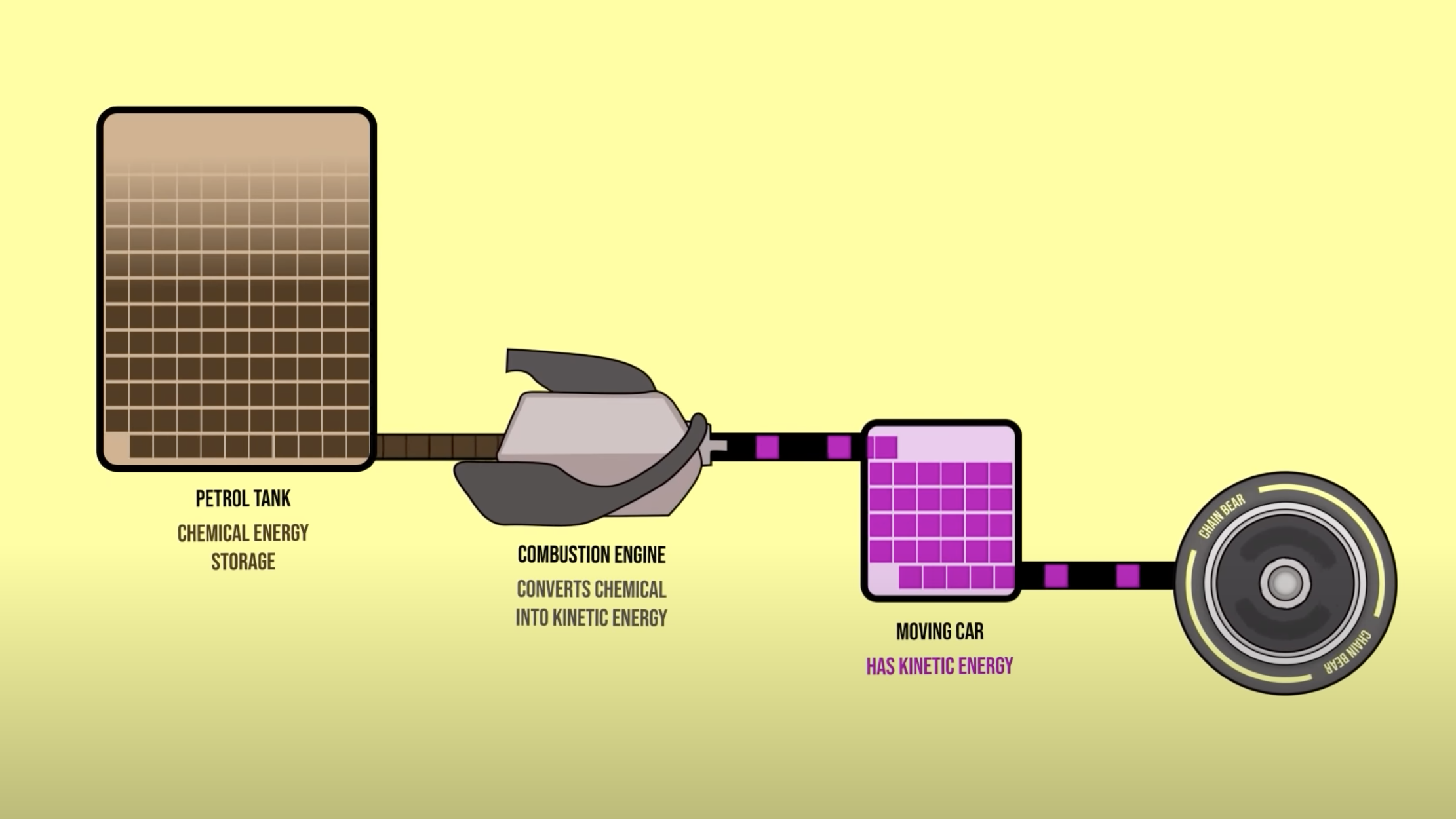This Is How Formula One Cars Use Energy
This is how a tank of gasoline becomes the raw speed you see on track.
Vehicles use energy to propel themselves from Point A to Point B; pretty much everyone who knows the basics of combustion or electricity knows this, but for some folks, getting a visual of just how that process works can be confusing. Thankfully, this video can explain it.
The video, of course, comes from friend of the site Stuart, who runs the Chain Bear YouTube account. You can watch the full thing below:
I think one of my favorite things about Chain Bear is that the channel provides great visual representations of how otherwise obscure racing concepts work. Sure, you might know what a racing line is, or you might understand the physics behind rear wing aerodynamics, but it can be hard to actually picture what's going on.
A good visual explanation can really help turn those "I get it in theory" concepts into a more comprehensive understanding of how things work. You don't need to be a scientist, mechanic, or engineer to get a pretty complete grasp of all the technical goodies that go into a race.
Which brings us to this energy video. Chain Bear provides a really simple visual using different blocks to illustrate how a single block of energy can be transformed into different tasks. He breaks down the difference between used energy and stored energy, so you get a nice little science lesson before you actually see how this concept is applied to motorsport.
And that then brings us to a Formula One power unit. Chain Bear illustrates the process of combustion by, again, using a series of small blocks. You can watch the gasoline blocks be fed into an engine, and those blocks are then pushed into the wheels to get the car moving. He also explains how energy can be "lost," or transformed into heat as a result of friction.
Even if you haven't been bitten by the racing bug, this is still a great video to, say, show a middle school science class that could use a handy visual of energy.
